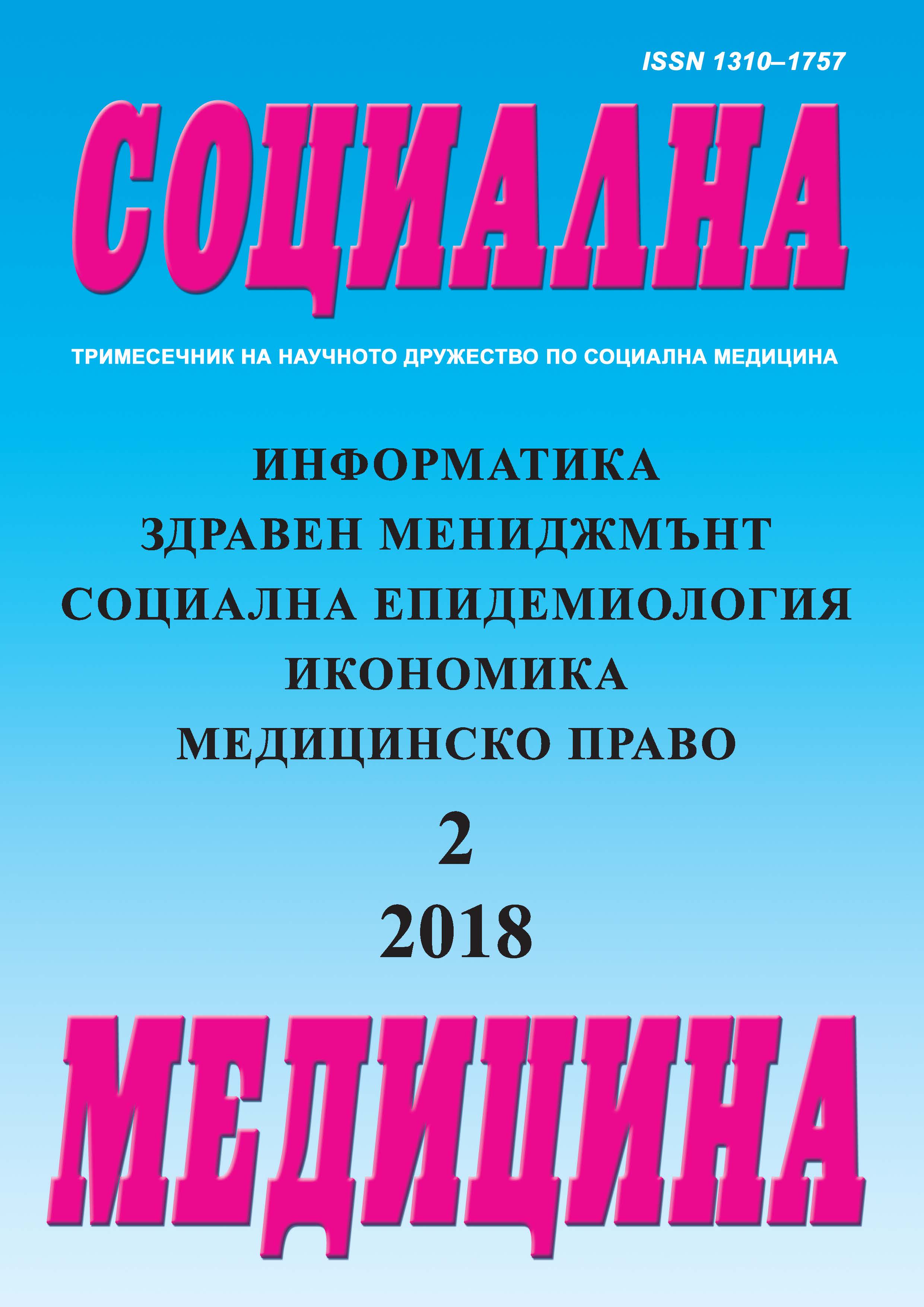Европейската конвенция „Комплементарна и алтернативна медицина” – история, същност и място в общественото здравеопазване
Pan-European concept „Complementary and alternative medicine” – history, content and public health importance
Author(s): Iskra Kapincheva, Desislava VankovaSubject(s): Politics / Political Sciences, History, Social Sciences
Published by: Издателство на Медицински университет “Проф. д-р П. Стоянов“ - Варна
Keywords: Complementary and Alternative Medicine (CAM); Europe
Summary/Abstract: The World Health Organization (WHO) has been supporting for decades the integration of “complementary and alternative therapeutic practices” in healthcare systems. To achieve this, the WHO-concept of “traditional and complementary medicine” (TCM) has emerged. In response to these global trends, the European Union (EU) has created the concept of “complementary and alternative medicine” (CAM), which reflects the healing and cultural traditions of the EU member states. The main purpose of this article is to define and present the European concept of CAM and its place in public healthcare. The terms “unconventional medicine”, “CAM”, “TCM” are synonymous and are used interchangeably. Further, the universal CAM-approaches are outlined. The following therapeutic methods are included in KAM: acupuncture; anthroposophic medicine; ayurveda; yoga; kinesiology; naturopathic or traditional European medicine, osteopathy, reflexology, Tibetan medicine, phytotherapy, chiropractic, homeopathy, Shiatsu. The conclusion is, CAM is an innovative territory relying on therapeutic traditions and requiring theoretical and empirical research, related to effectiveness, efficiency and safety of CAM-methods and medicines.
Journal: Социална медицина
- Issue Year: 26/2018
- Issue No: 2
- Page Range: 18-22
- Page Count: 5
- Language: Bulgarian

